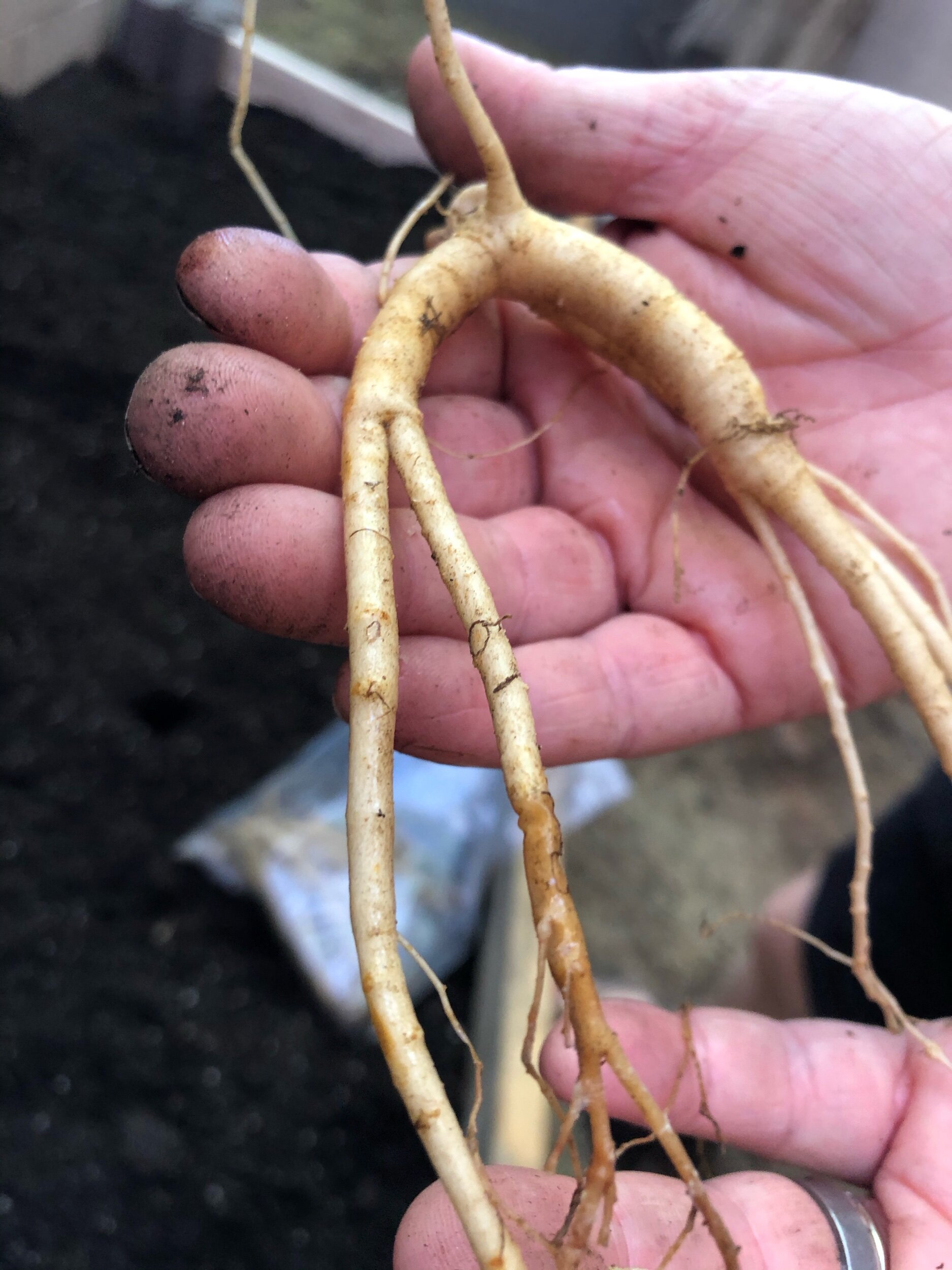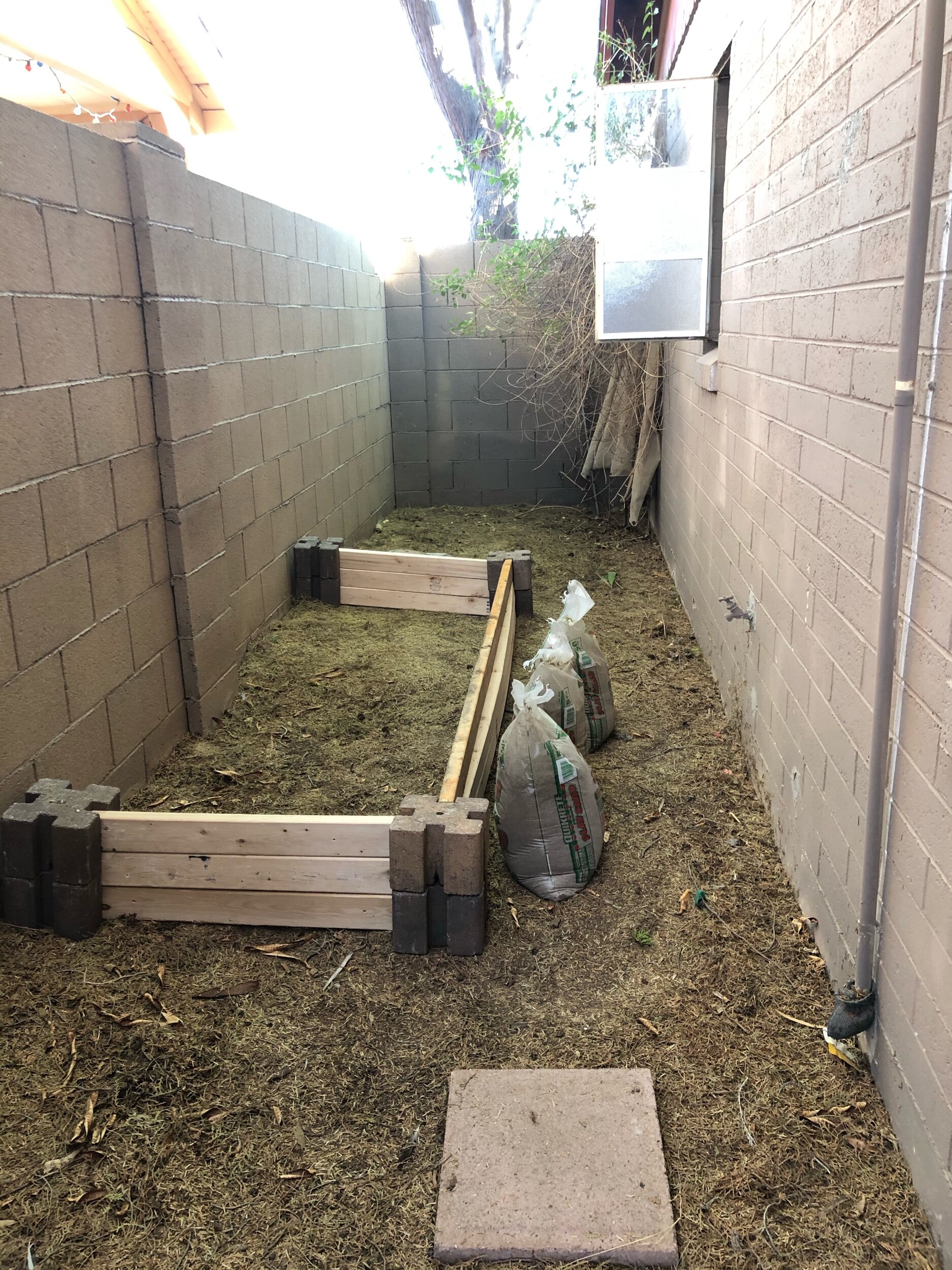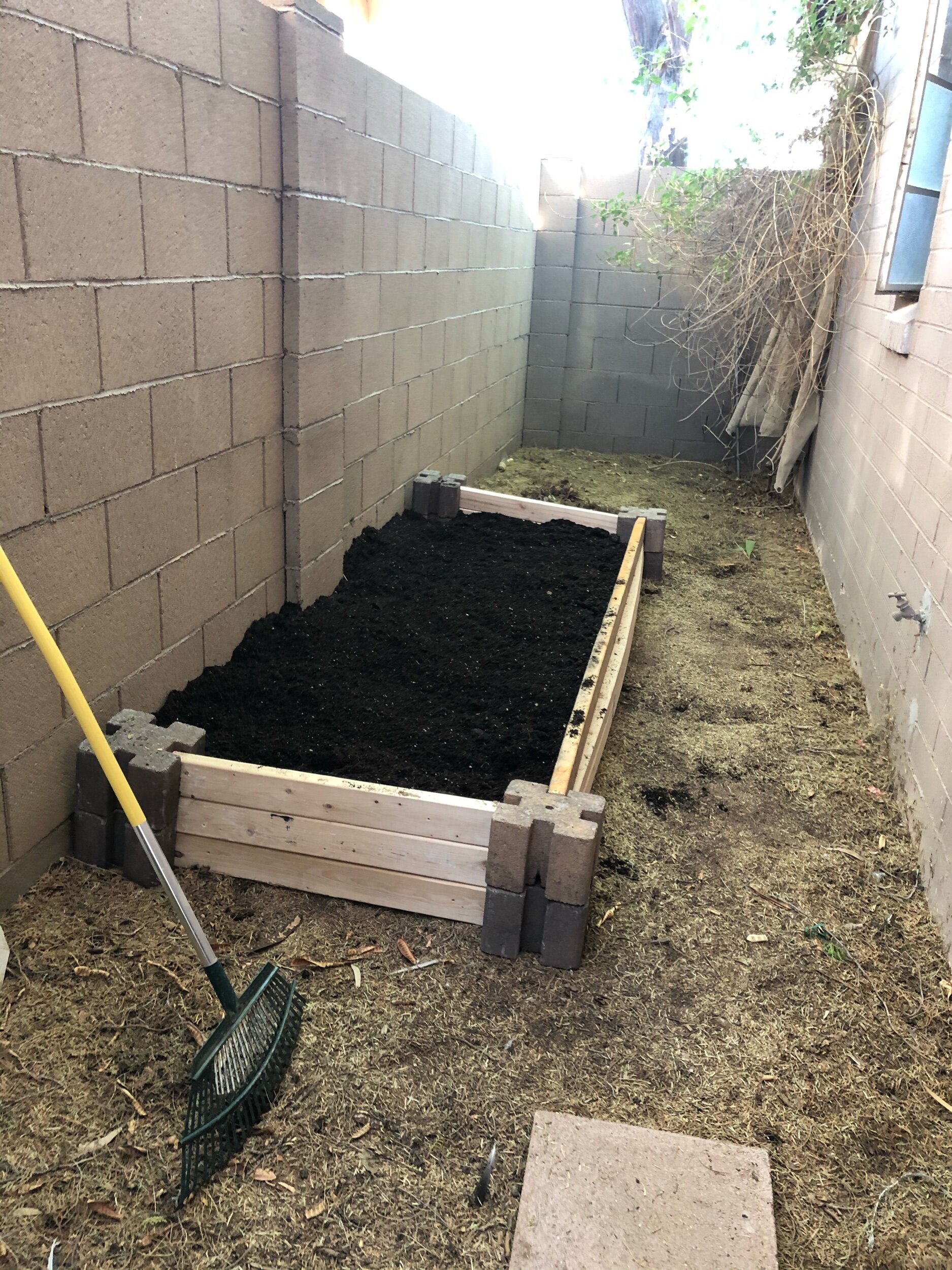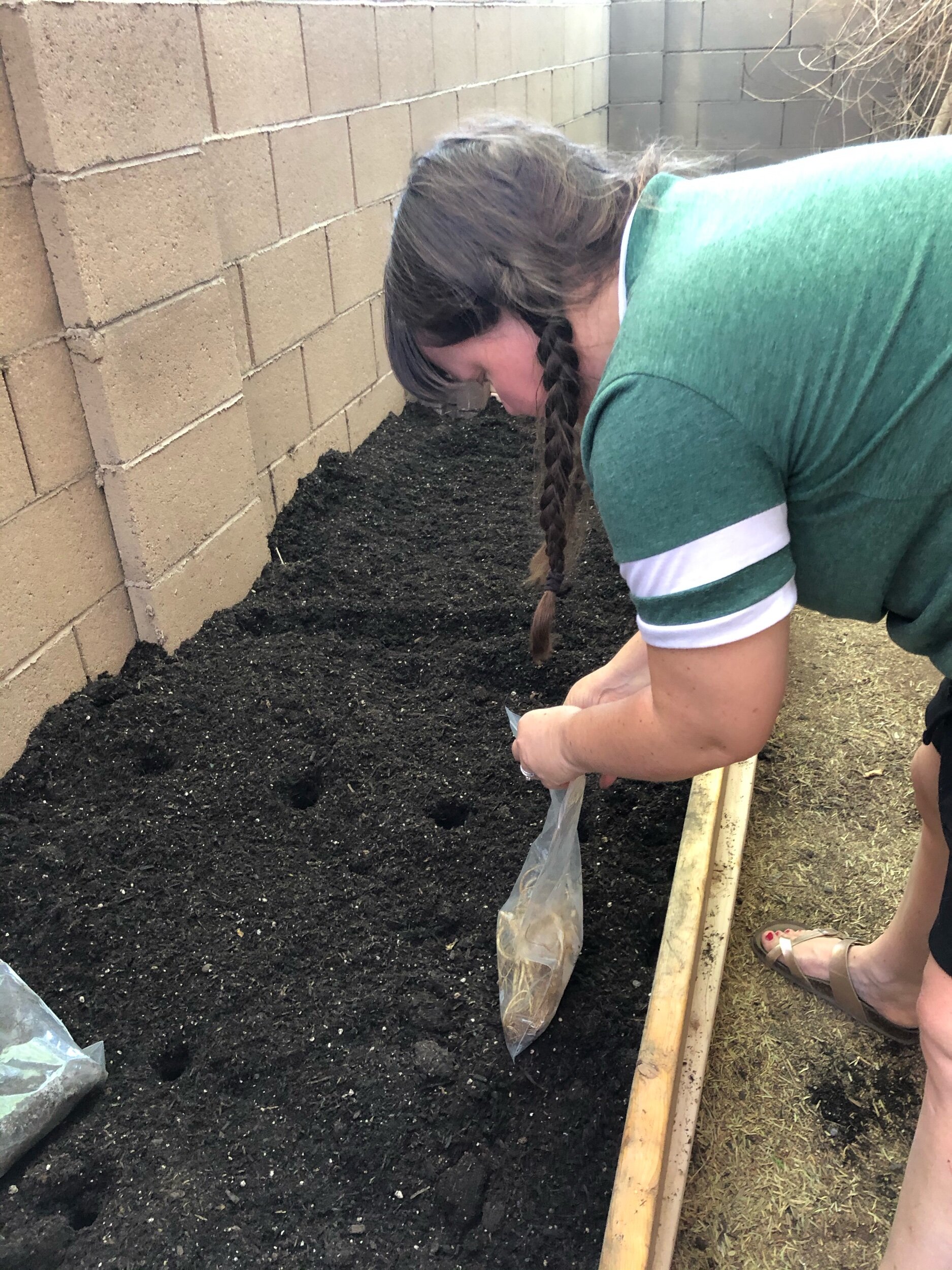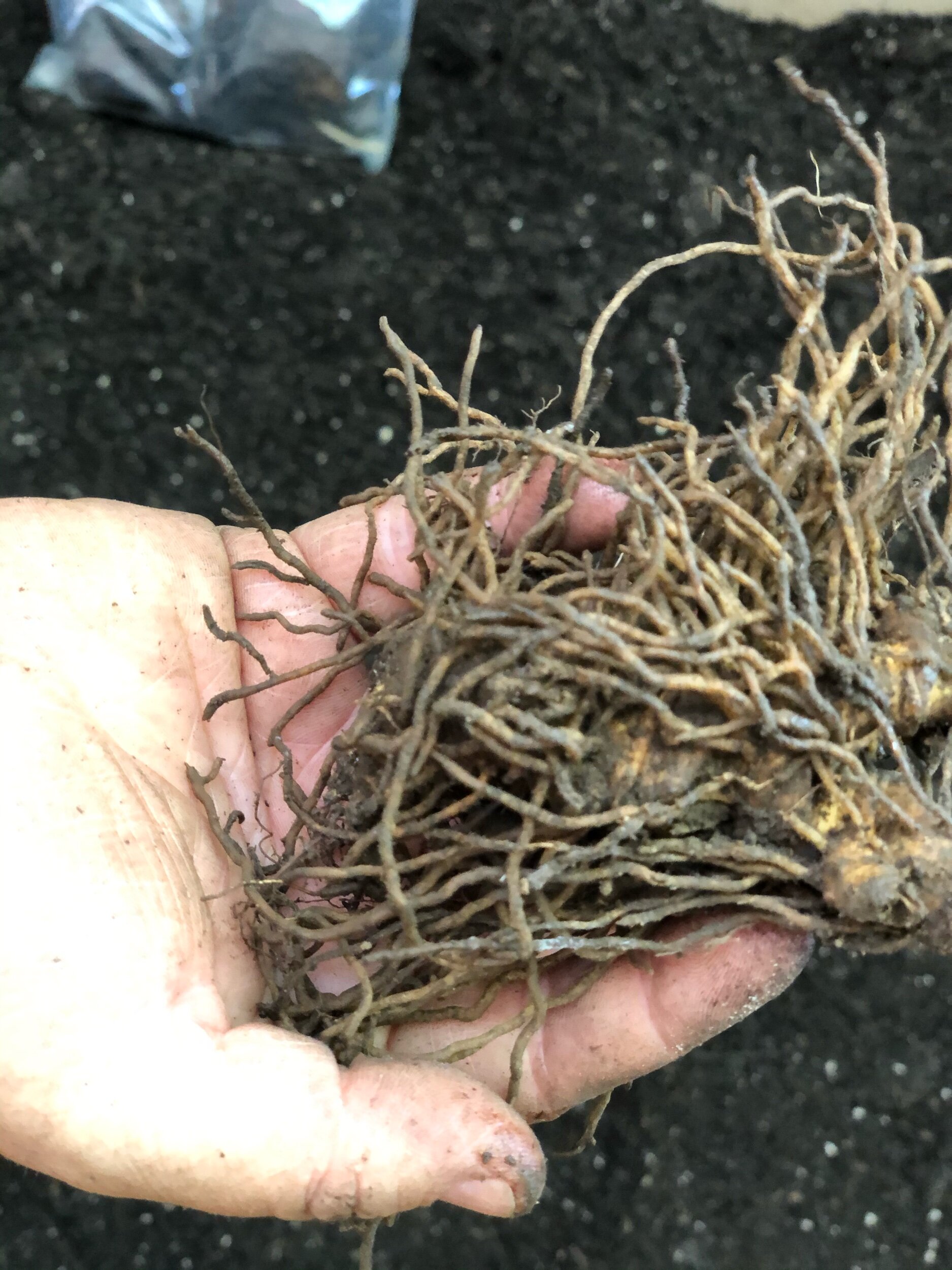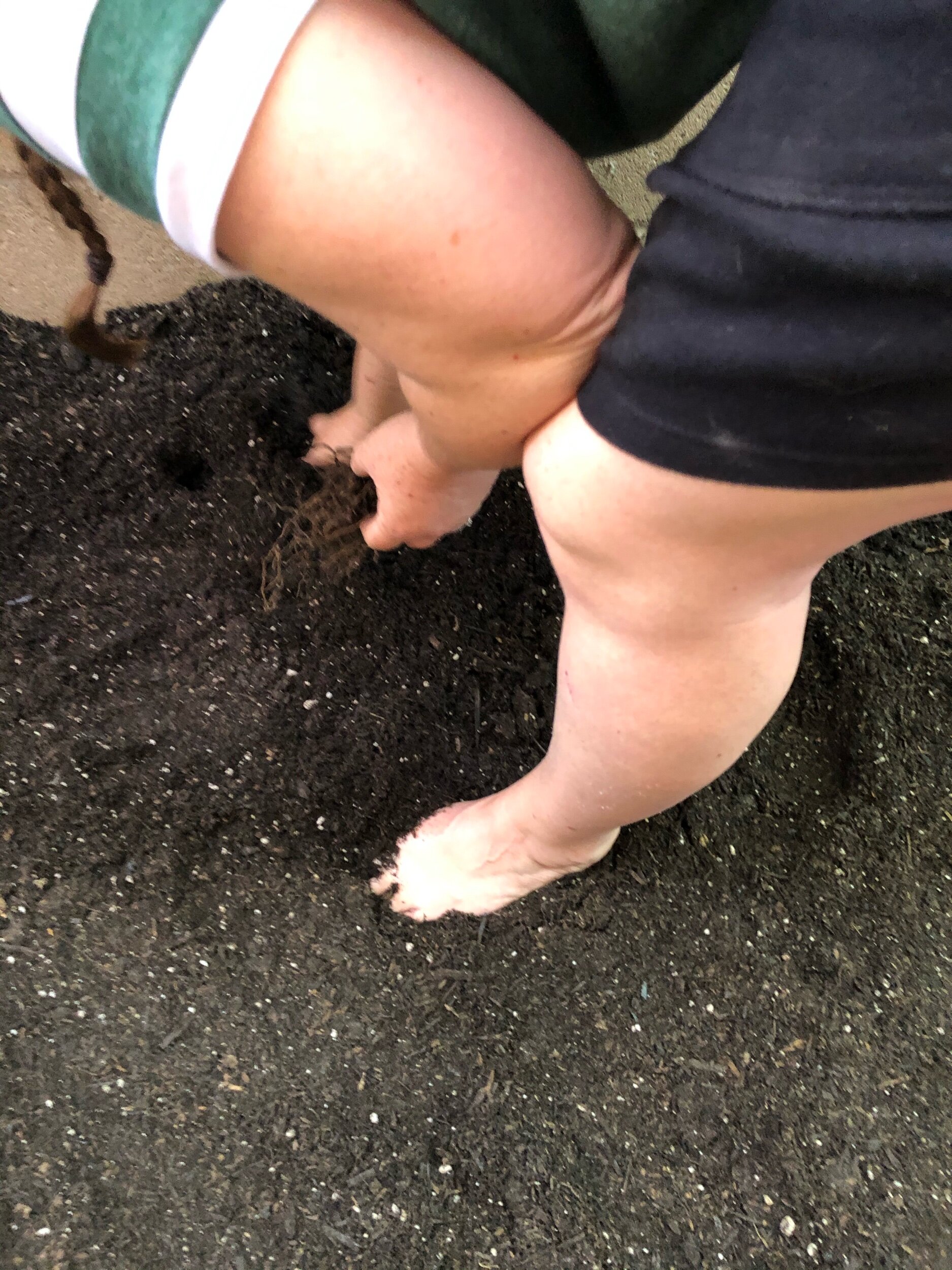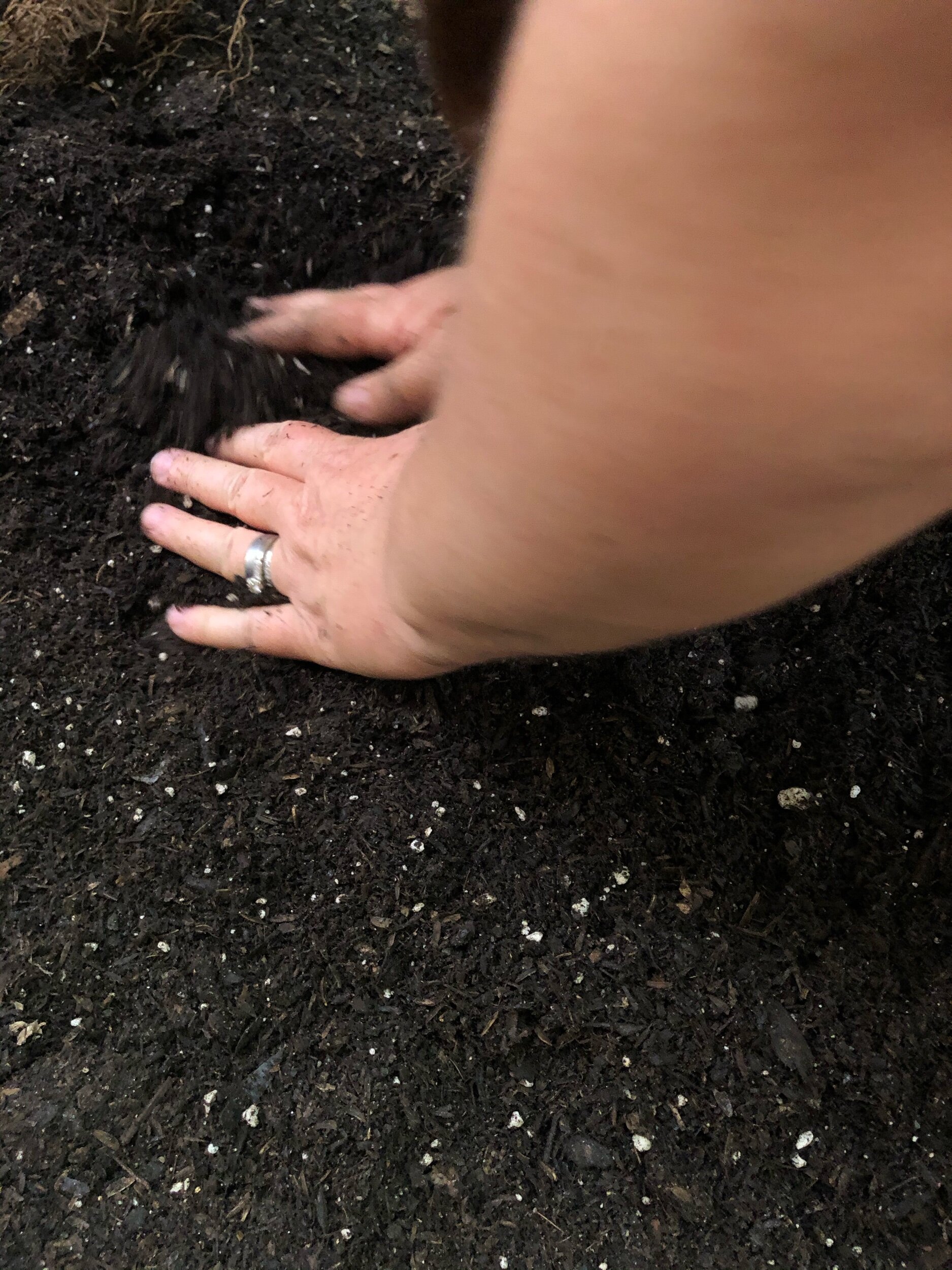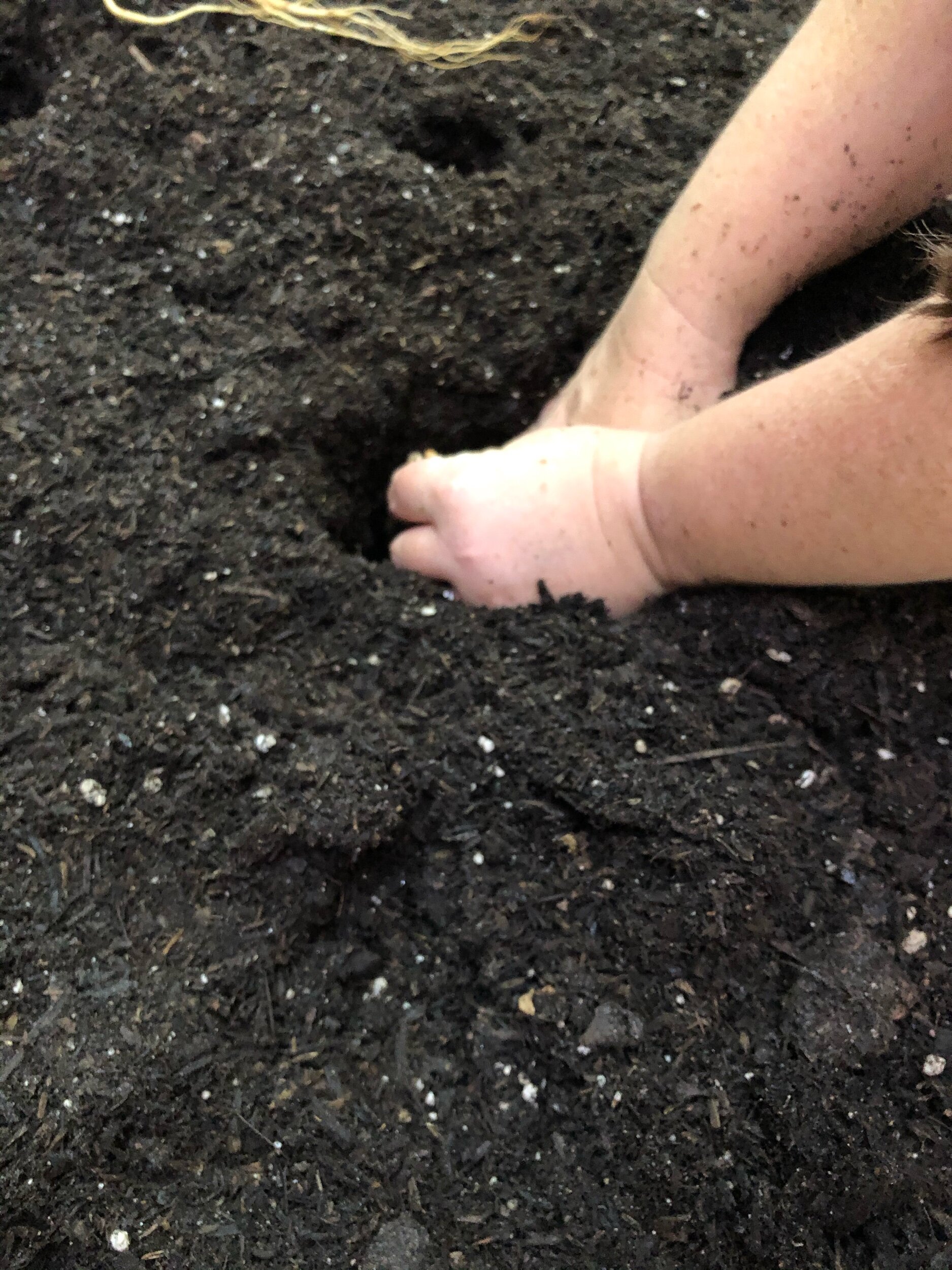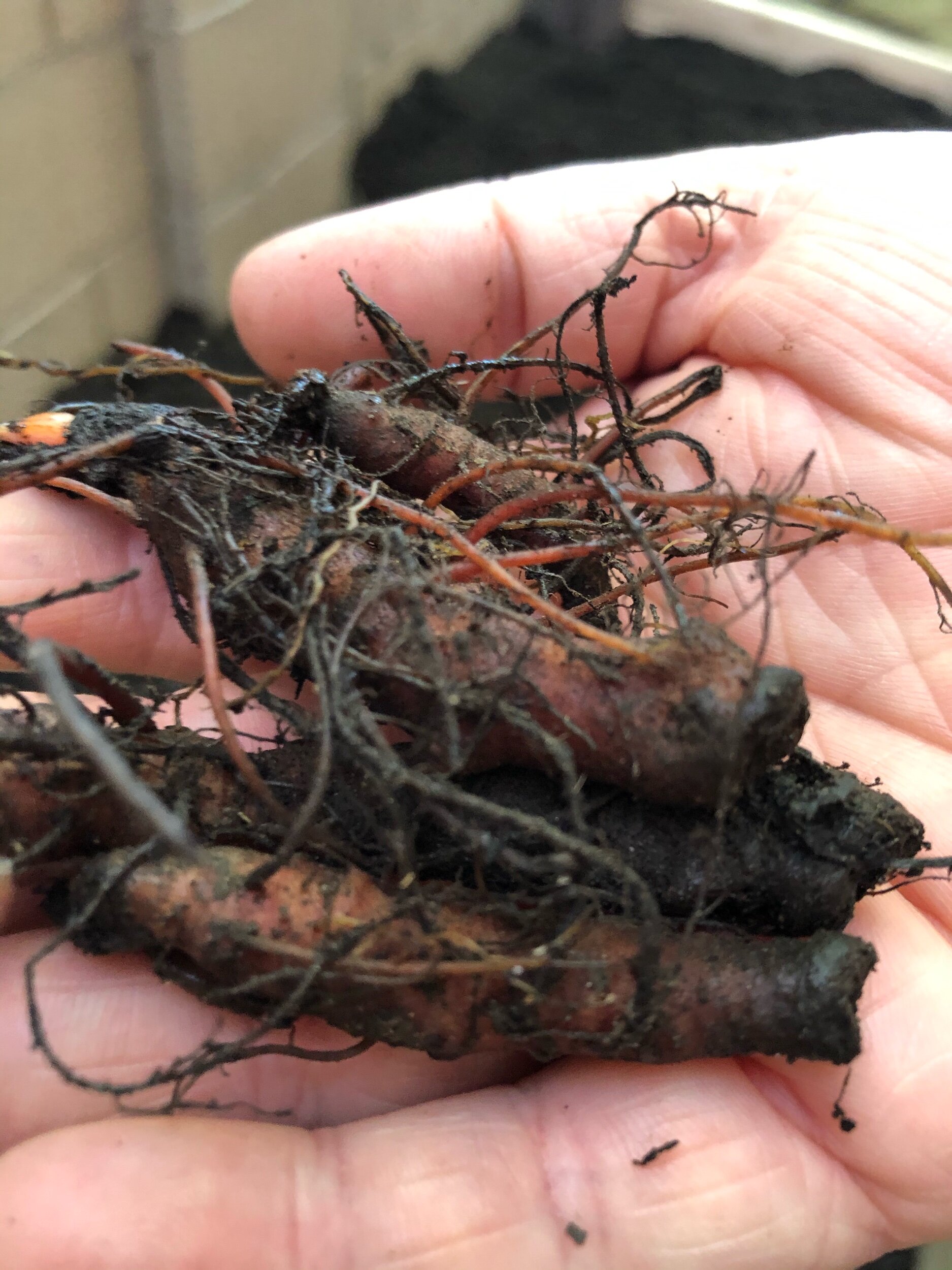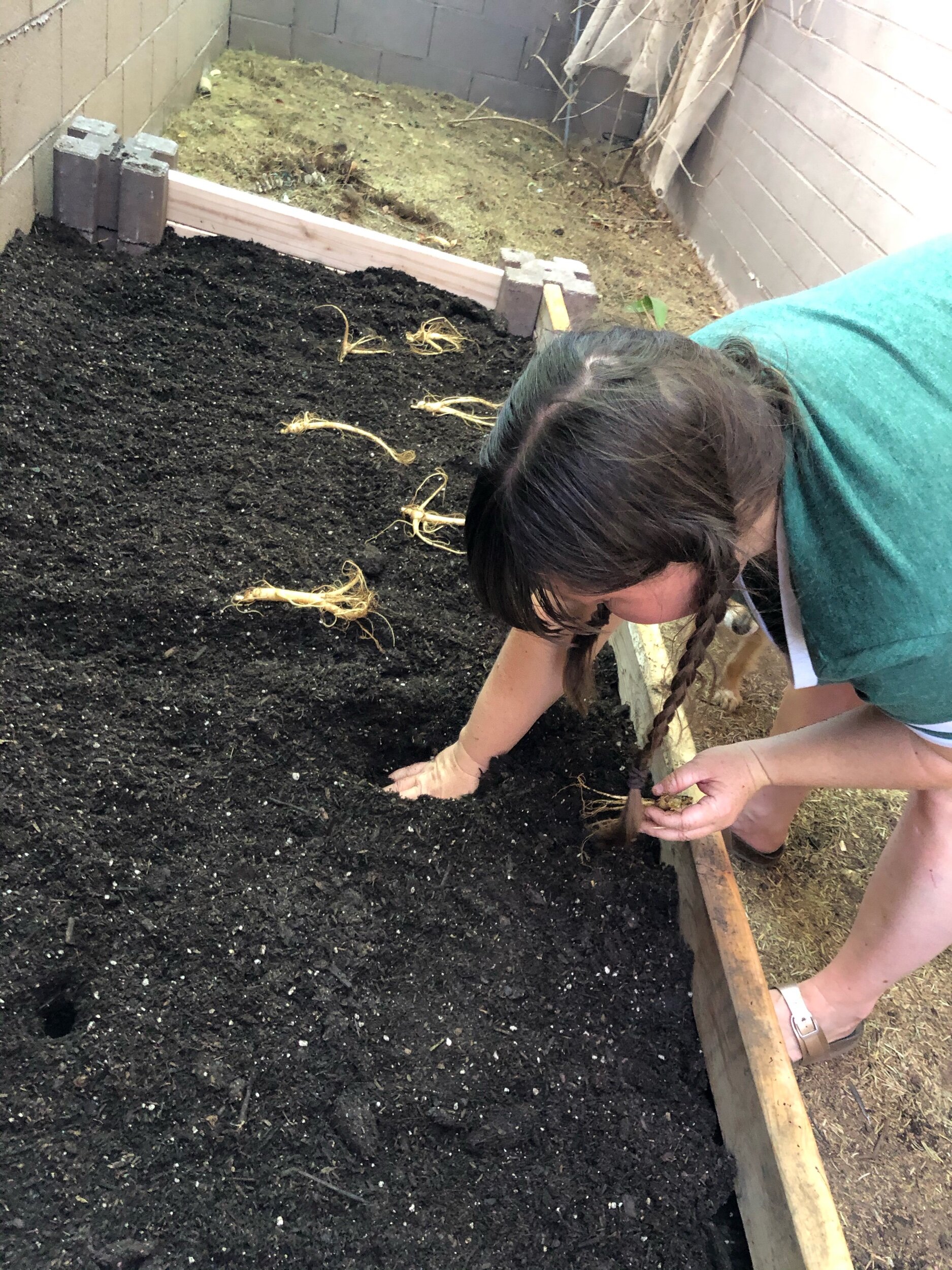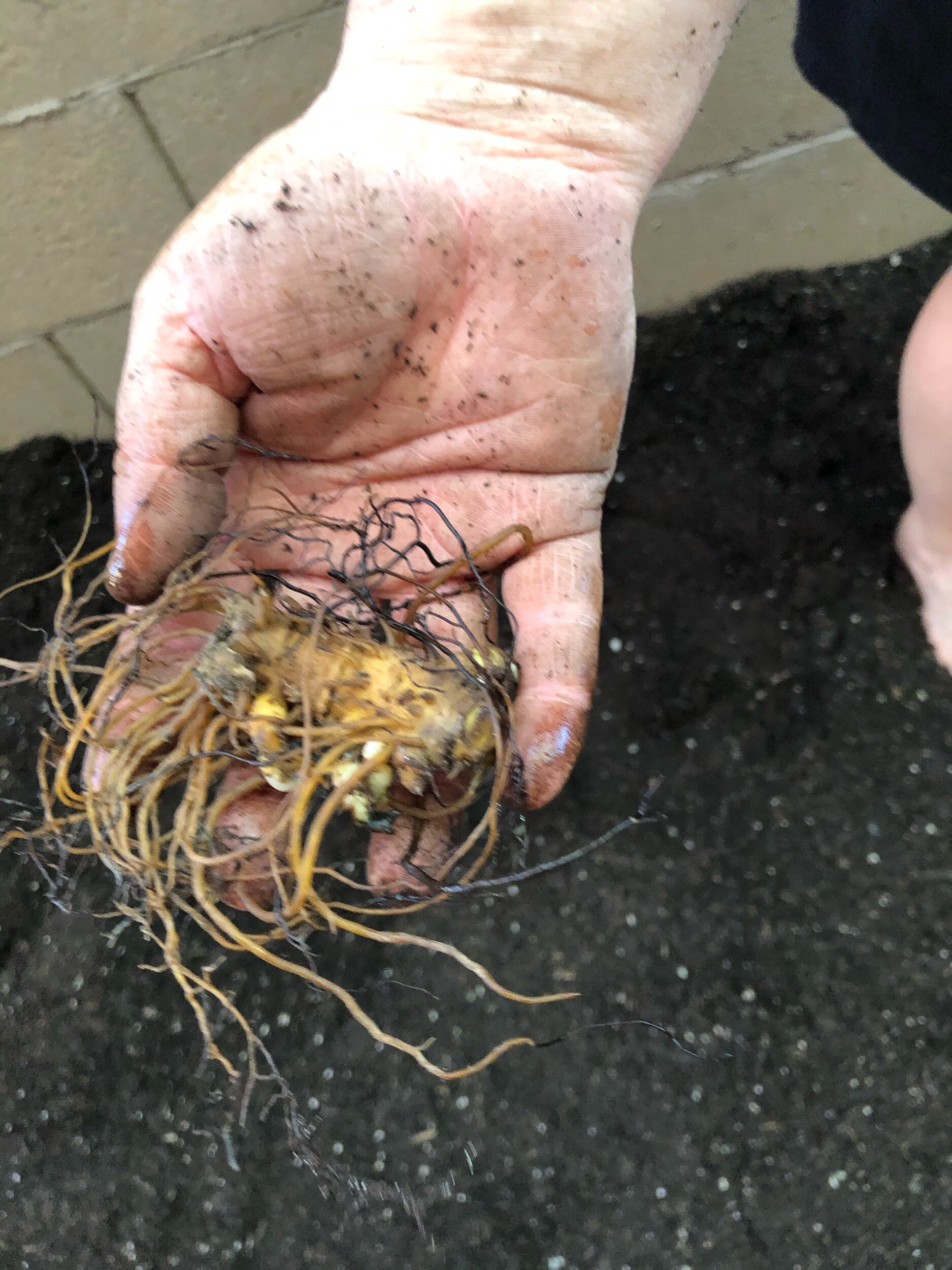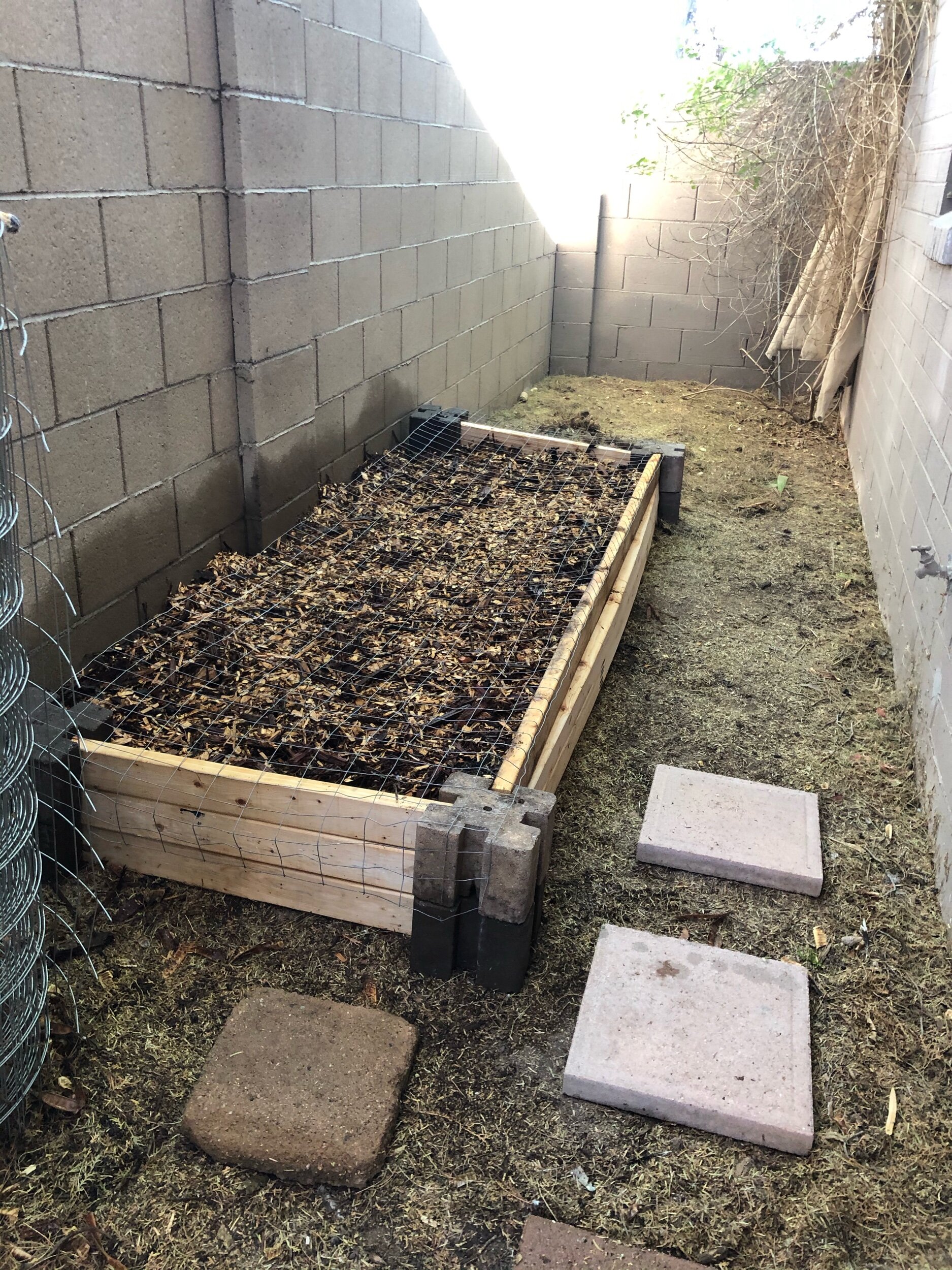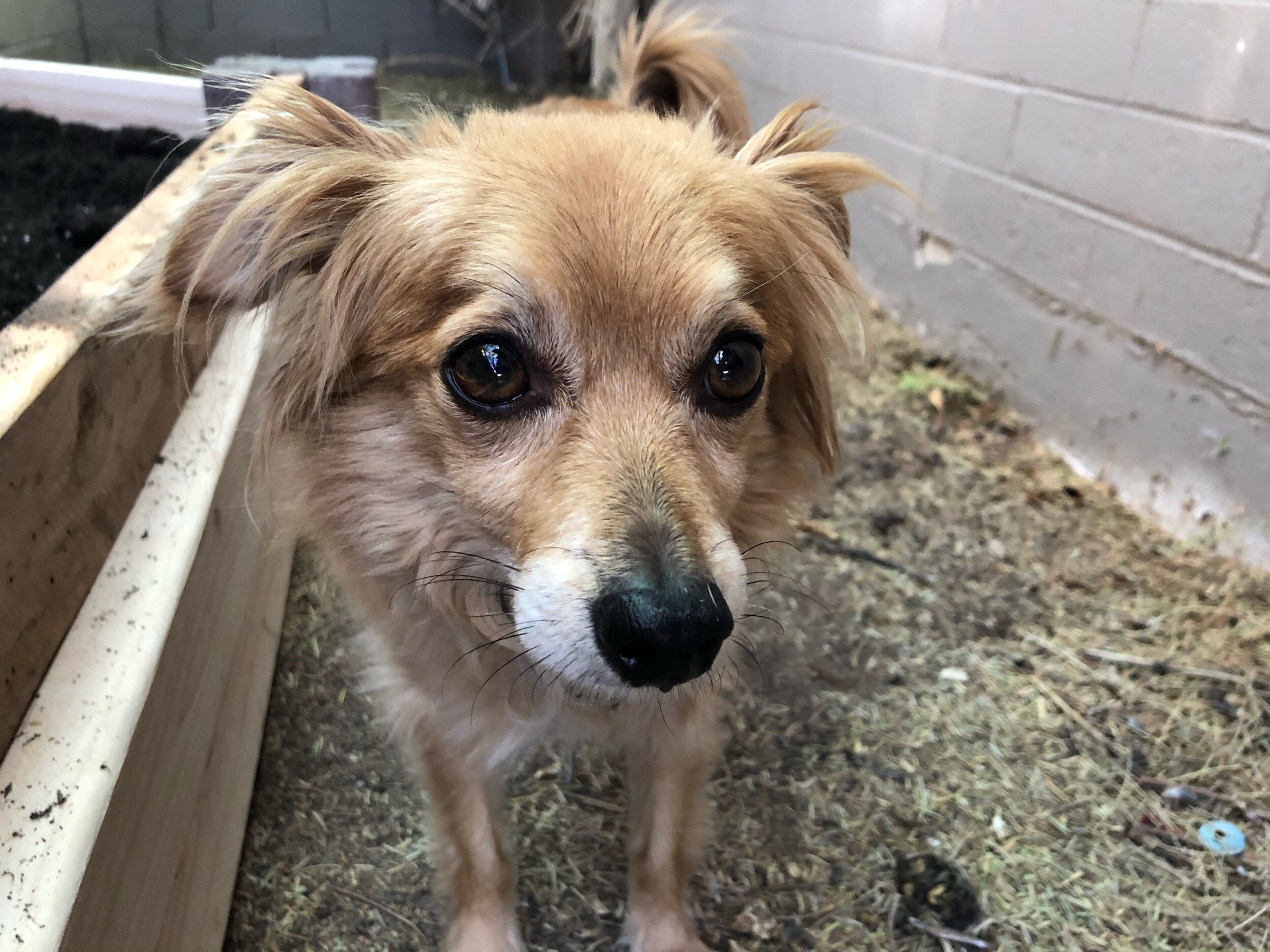If you follow us on social media you may have noticed I am obsessed with plants, medicinal plants to be specific and particularly with our garden. When I moved into my home in 2011 I started planting herbs and now, 10 years later, the yard has seen many plants come and go but it is at its peak, for sure. The area we typically plant in is getting wonderfully crowded and we are starting to venture out. We have a small area on the west side of our house that is shaded by a juniper and mesquite tree. It is too shady for most things to grow, though a spindly and resourceful lantana managed to grow the height of the house to reach sun!
I have been continuing my herbal education and recently joined the United Plant Savers, an organization committed to preservation of medicinal plants and their habitats. With the ever growing urban sprawl, climate change and increased interest in wildcrafting herbs there are many plants that are threatened in the wild. With this in mind I decided to make use of our little shady spot to try our hand at creating a simulated forest garden.
I bought some organic root stock of American ginseng, black and blue cohosh, goldenseal, and bloodroot. The goldenseal didn’t survive the shipping process but the rest were good to go when they arrived in the mail. They need 75% shade, great drainage, and loose fluffy goodness to grow in to develop those roots, the part of the plant that is used for medicine. We decided to build up rather than dig down since there are undoubtedly precious roots for the shade trees we did not want to cut into and having a raised bed would allow optimal drainage..
With 6 cinder blocks notched for 2x4 boards and scrap wood we built the structure for the planter. We did a layer of washed sand on the bottom for optimal drainage, topped with organic “raised bed soil.” I then dug holes just large enough for the roots to have an inch or two of good soil over them. I arranged them in the planter with the blue cohosh in the back left, black cohosh in back right as they are the tallest growing of what was planted then ginseng through the middle of the planter and bloodroot up against the front. Lastly we covered the bed with red cedar bark mulch to protect the root babies from our scorching heat and hold in moisture. The final step was to protect the bed from our garden helpers, the doggies, and especially from the neighborhood kitties from using it as a litter box. Serendipitously, we had a piece of chicken wire just the right size to fit over the planter and keep any curious critters from getting nosy.
Now we water and wait! This planter is just outside my bathroom and I had high hopes I could use gray water from my shower and bath for this planter, but as it is the root we would be harvesting we decided against taxing them with any extra burden from biodegradable soap, etc. I have no idea what to expect but will update at some point. This is a many year endeavor and if at first I don’t succeed I will try again. This is round one and it feels like a wonderful addition to our medicine garden!
